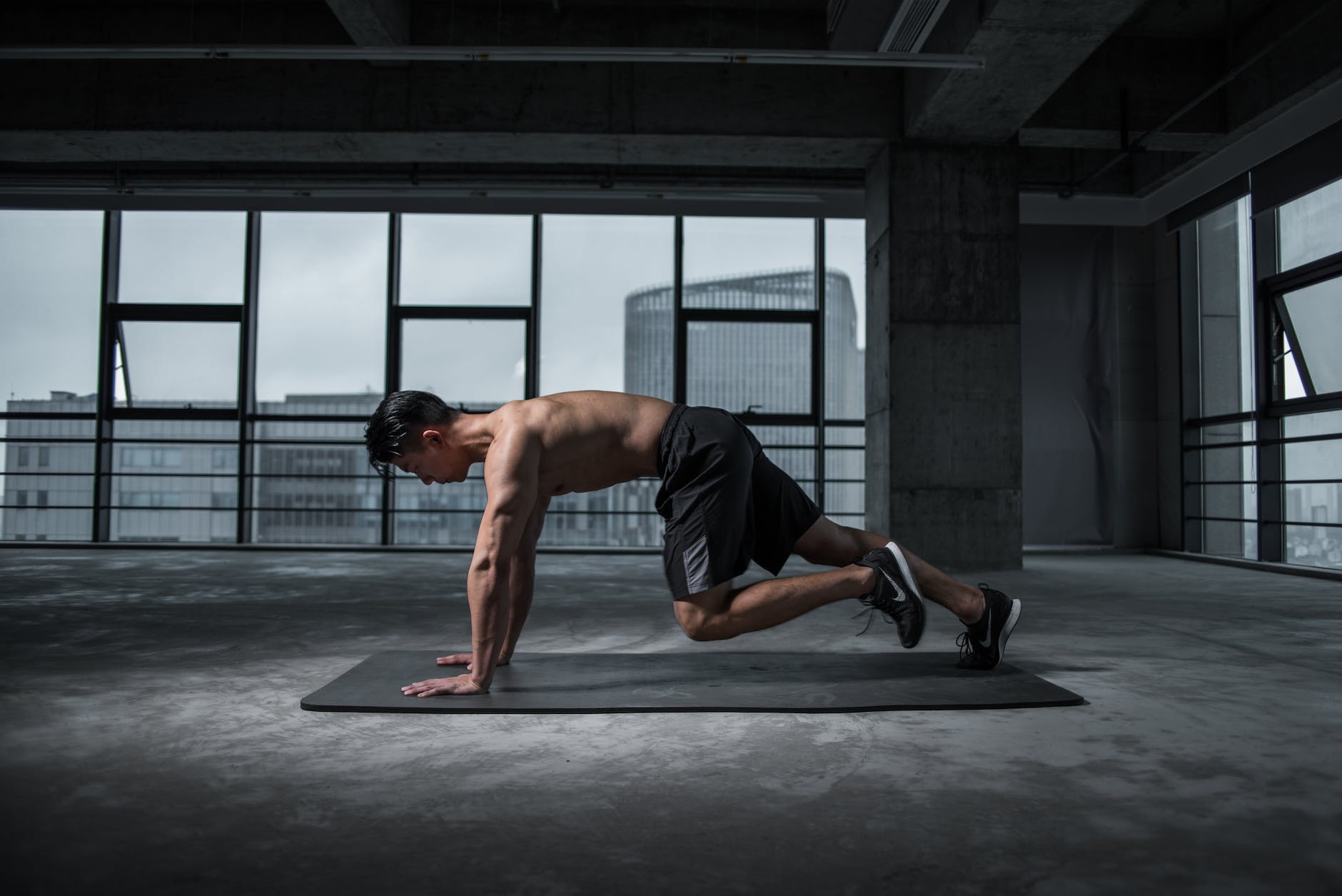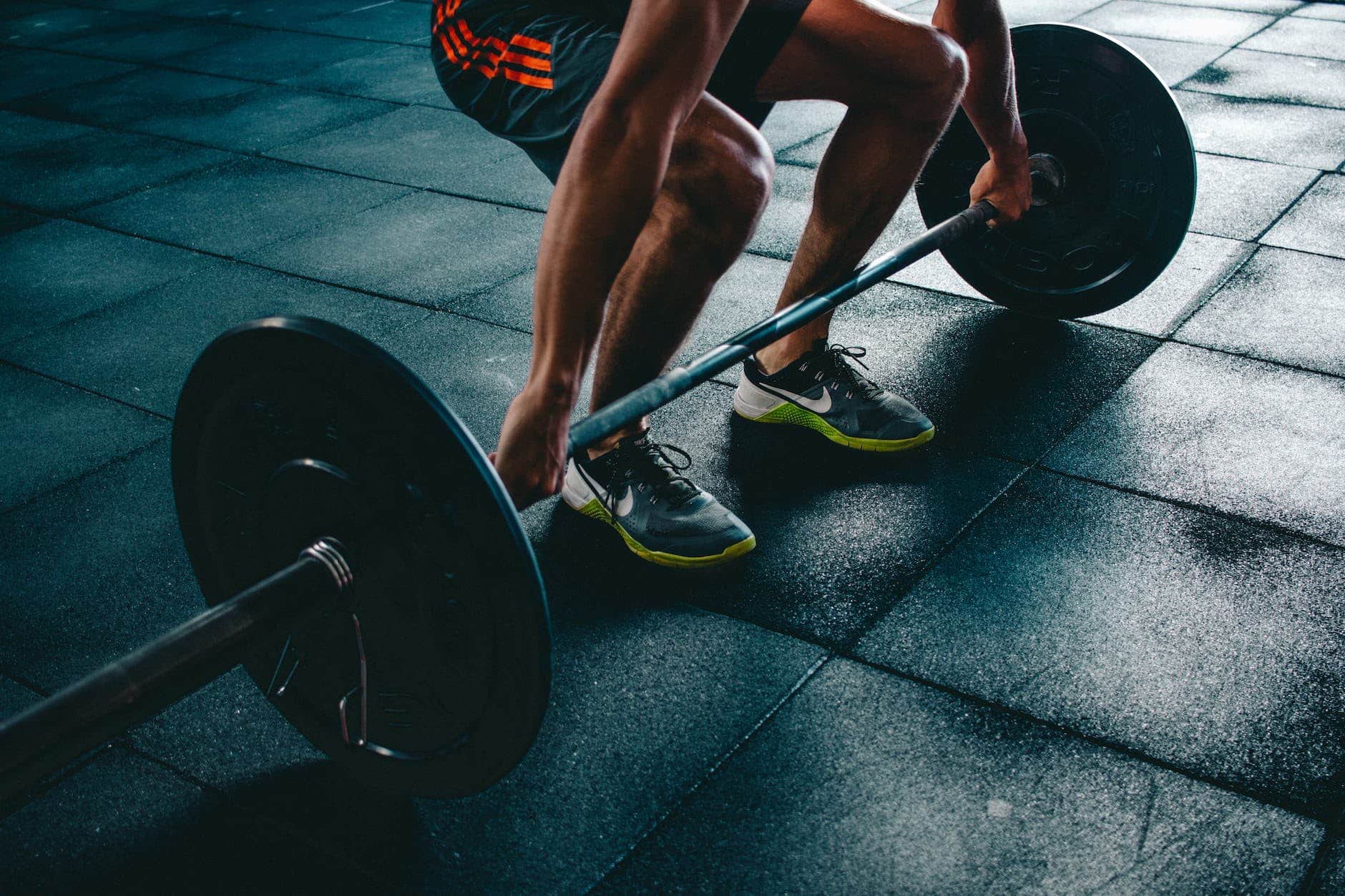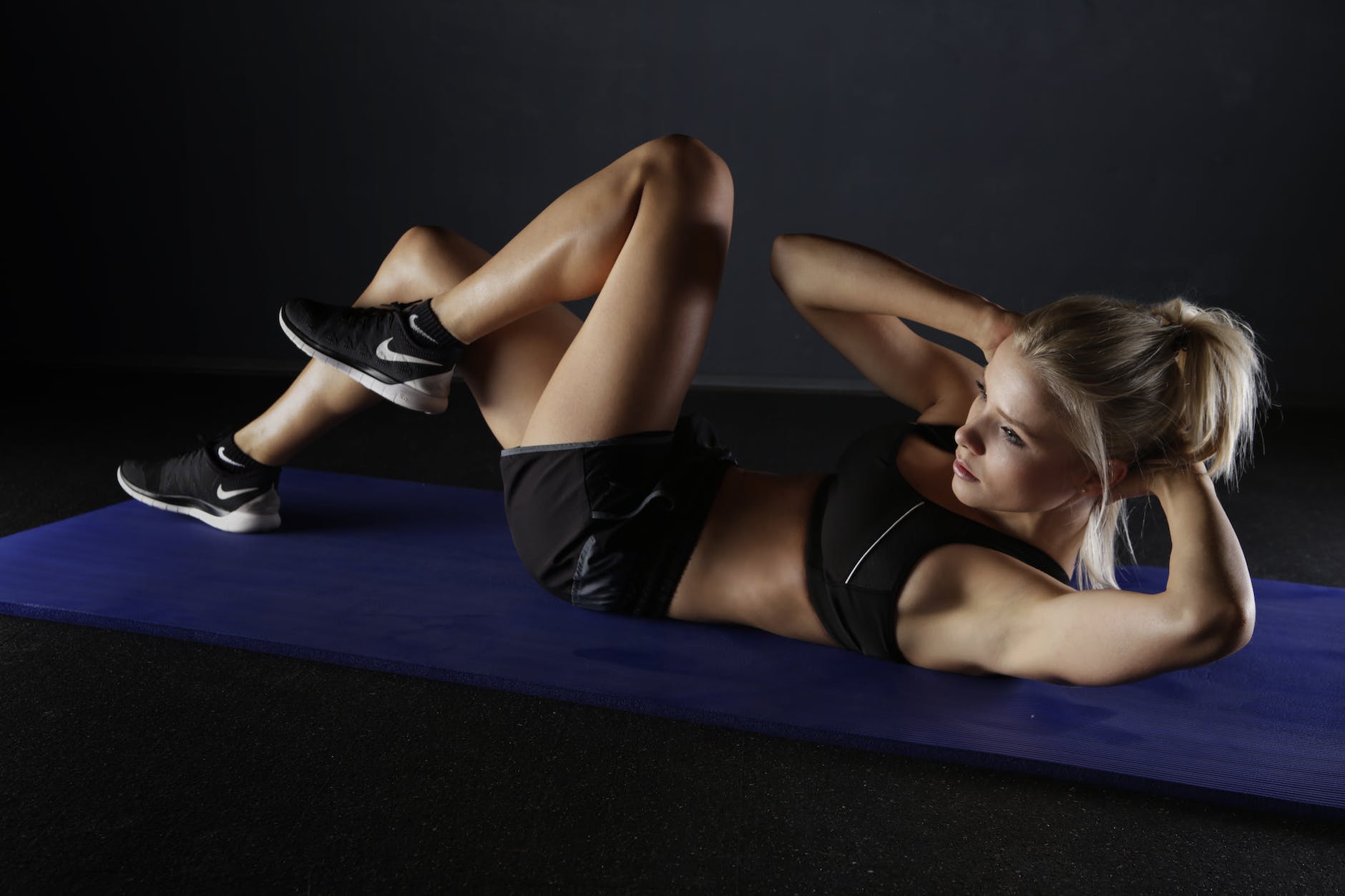The 30-day workout phenomenon has taken the fitness world by storm. Many individuals are keen to see the transformative effects that consistent exercise can have on their bodies. But what precisely happens to your body after 30 days of daily exercise? The physiological, psychological, and aesthetic changes that a daily exercise program will bring about will be discussed in this article. We will also address common questions and concerns related to this fitness challenge.
The Science of Exercise: Understanding Adaptation and Progression
The physiological changes that occur when you engage in regular exercise are rooted in the fundamental principles of adaptation and progression. By understanding these concepts, you can optimize your workout routine and achieve better results.
Adaptation
Adaptation refers to the process by which your body adjusts to the stress and demands of exercise. When you expose your body to new or increased physical activity, it responds by making changes to cope with the added stress. These changes occur at various levels, including muscular, cardiovascular, and metabolic systems, ultimately leading to improvements in overall fitness and performance.
The key components of adaptation include:
- Overload: In order to stimulate adaptation, you must subject your body to a level of stress beyond what it’s accustomed to. This can be achieved by increasing the intensity, duration, or frequency of your workouts.
- Specificity: Your body adapts specifically to the type of stress it experiences. For example, if you engage primarily in strength training, your muscles will develop greater strength and size, whereas cardiovascular training will lead to improvements in heart and lung function. To achieve well-rounded fitness, incorporate various types of exercise into your routine.
- Reversibility: If you stop exercising or significantly reduce your physical activity levels, your body will gradually lose the adaptations it has made. This highlights the importance of maintaining a consistent workout routine to preserve your fitness gains.
Progression
Progression is the process of gradually increasing the stress placed on your body during exercise to continue eliciting positive adaptations. By systematically increasing the demands of your workout, you can continue to improve your fitness level and avoid plateaus.
To effectively implement progression in your exercise routine, consider the following factors:
- Gradual Increases: To minimize the risk of injury and promote sustainable progress, increase the intensity, duration, or frequency of your workouts gradually over time. A general guideline is to increase the workload by no more than 10% per week.
- Individualized Approach: Progression should be tailored to your individual needs, goals, and fitness level. Monitor your body’s response to increased stress and adjust your workout plan accordingly to ensure you’re progressing at an appropriate rate.
- Periodization: Structuring your workout plan into distinct phases with varying goals and intensities can help promote long-term progression. This approach allows for strategic recovery periods and helps prevent overtraining.
By applying the principles of adaptation and progression to your workout routine, you’ll be better equipped to optimize your fitness journey and achieve lasting results. Stay attuned to your body’s needs and adapt your training plan accordingly to ensure continued improvement and overall well-being.
Physiological Changes: The Inner Transformation

When you engage in regular exercise, your body undergoes a series of physiological changes that improve overall health and fitness. These changes occur on multiple levels, affecting your muscles, cardiovascular system, and metabolism. Let’s take a closer look at each of these areas:
Muscular Adaptations
As you work out consistently, your muscles adapt to the increased demand, leading to several positive outcomes:
- Hypertrophy: The size and volume of your muscle fibers increase, resulting in greater muscle mass and strength.
- Endurance: Your muscles become more resistant to fatigue, allowing you to perform physical activities for longer durations.
- Neuromuscular Efficiency: The communication between your nervous system and muscles improves, leading to better muscle coordination and control.
Cardiovascular Improvements
Your cardiovascular system also undergoes significant changes when you work out daily for 30 days. Some of the key improvements include:
- Increased Cardiac Output: Your heart becomes more efficient at pumping blood, delivering more oxygen and nutrients to your muscles during exercise.
- Lower Resting Heart Rate: As your heart becomes stronger, it can pump more blood with each beat, reducing the number of beats required to maintain proper circulation at rest.
- Enhanced Capillary Density: With consistent exercise, your body generates new capillaries, improving the delivery of oxygen and nutrients to your muscles and removing waste products more efficiently.
Metabolic Boost
A daily workout routine for 30 days can also enhance your body’s metabolism, leading to the following benefits:
- Increased Metabolic Rate: As you exercise, your body’s energy expenditure increases, both during and after workouts. This means you’ll burn more calories at rest, which can aid in weight loss and weight maintenance.
- Improved Insulin Sensitivity: Regular exercise helps your body use insulin more effectively, reducing the risk of type 2 diabetes and improving blood sugar control.
- Enhanced Fat Oxidation: Consistent physical activity promotes the breakdown and utilization of fat stores for energy, leading to a reduction in body fat percentage.
Together, these physiological changes contribute to a stronger, healthier, and more efficient body. As you continue to work out daily for 30 days, you’ll notice improvements in your overall fitness and well-being, setting the foundation for a lifetime of healthy habits.
Psychological Benefits: Mind Over Matter

Regular exercise not only has transformative effects on your body but also provides numerous psychological benefits. When you commit to working out every day for 30 days, you can expect improvements in your mental health and cognitive function. Some of the key psychological benefits include:
- Enhanced Self-Esteem and Confidence: As you progress through the 30-day workout challenge, you’ll likely notice improvements in your physical abilities and appearance. These positive changes can boost your self-esteem and confidence, making you feel more capable and self-assured in various aspects of your life.
- Improved Mood and Emotional Well-Being: Exercise triggers the release of endorphins, which are natural mood-enhancing chemicals. This “feel-good” effect can help alleviate symptoms of anxiety and depression and promote a general sense of well-being.
- Better Cognitive Function and Memory: Engaging in regular physical activity has been shown to improve cognitive function, including attention, processing speed, and memory. Exercise can also protect against age-related cognitive decline and reduce the risk of developing neurodegenerative diseases such as Alzheimer’s.
- Stress Relief and Resilience: Exercise is a natural stress reliever, helping to lower cortisol levels and promote relaxation. By engaging in daily physical activity, you’ll be better equipped to handle life’s challenges and bounce back from setbacks more easily.
- Increased Mind-Body Connection: As you become more in tune with your body during exercise, you’ll develop a stronger mind-body connection. This heightened awareness can lead to better body acceptance and self-compassion, as well as improve your ability to recognize and respond to your body’s needs.
Incorporating daily exercise into your routine for 30 days can have profound effects on your mental health and well-being. By prioritizing your physical health, you’ll also be investing in your emotional and cognitive wellness, setting the stage for a happier, more resilient, and mentally fit life.
Aesthetic Gains: Seeing is Believing

When you commit to working out every day for 30 days, the physiological and psychological changes often translate into visible aesthetic improvements. These changes can serve as a powerful motivator, encouraging you to stay consistent with your fitness journey. Some of the key aesthetic gains you can expect to see include:
- Reduced Body Fat: As your body’s metabolic rate increases and fat oxidation improves, you’ll likely notice a decrease in body fat. This can lead to a leaner, more toned appearance and help reveal the underlying muscle definition you’ve been working hard to develop.
- Increased Muscle Definition: As your muscles undergo hypertrophy and become stronger, you’ll begin to see more defined muscle contours. This enhanced muscle tone can contribute to a sculpted and athletic look, showcasing the results of your hard work.
- Improved Posture: Regular exercise, particularly strength training and flexibility exercises, can help correct muscle imbalances and promote proper alignment. As your posture improves, you’ll appear taller, more confident, and project a greater sense of poise.
- Glowing Skin and Reduced Signs of Aging: Exercise promotes increased blood flow, which can lead to a healthier, more radiant complexion. By delivering essential nutrients and oxygen to the skin, exercise can also help reduce the appearance of fine lines, wrinkles, and other signs of aging.
- Enhanced Body Proportions: A well-rounded workout routine can help you develop a balanced physique by targeting various muscle groups. This can lead to improved body proportions and a more harmonious, aesthetically pleasing appearance.
The aesthetic gains achieved through a 30-day workout challenge can be incredibly rewarding and serve as a testament to your dedication and perseverance. As you continue to work out consistently, you’ll not only feel better physically and mentally but also enjoy the satisfaction of seeing the incredible transformation that unfolds before your eyes.
Conclusion
Committing to a 30-day workout challenge can lead to significant changes in your body, both physically and mentally. By understanding the science behind exercise adaptation, you can better appreciate the myriad of benefits that await you during this transformative journey. As you progress through your fitness challenge, remember to prioritize proper form, stay motivated, and enjoy the incredible transformation that unfolds before your very eyes.
Frequently Asked Questions
Is it safe to work out every day for 30 days?
It is generally safe to work out every day for 30 days, provided you listen to your body and avoid overtraining. It’s essential to incorporate a mix of different exercise types, including strength training, cardio, and flexibility exercises. Also, consider alternating between high-intensity and low-intensity workouts to allow your body to recover and prevent injuries. If you experience pain, excessive fatigue, or other unusual symptoms, consult with a healthcare professional.
How much rest should I take during the 30-day workout challenge?
While working out daily for 30 days, it’s crucial to prioritize rest and recovery. Include at least one or two rest days per week, or opt for active recovery days where you engage in low-intensity activities such as yoga, stretching, or light walking. Ensure you’re getting adequate sleep and consider incorporating foam rolling or massage to promote muscle recovery.
Can I expect to see results after just 30 days of working out?
Yes, you can expect to see noticeable improvements in your strength, endurance, and appearance after just 30 days of consistent exercise. However, it’s essential to set realistic expectations and understand that lasting change takes time and dedication. Be patient with your progress and focus on the long-term benefits of a consistent workout routine.
What type of exercises should I include in my 30-day workout plan?
To achieve the best results, include a variety of exercises that target different muscle groups and challenge your body in different ways. A well-rounded workout plan should include:
- Strength training: Focus on compound exercises that target multiple muscle groups, such as squats, deadlifts, push-ups, and pull-ups.
- Cardiovascular exercises: Include both steady-state cardio (e.g., jogging, cycling) and high-intensity interval training (HIIT) for optimal heart health and calorie burning.
- Flexibility and mobility exercises: Incorporate yoga, Pilates, or stretching routines to improve your range of motion and prevent injuries.
How can I maintain the results I achieve during the 30-day workout challenge?
To maintain the results you achieve during the 30-day workout challenge, it’s crucial to continue engaging in regular physical activity and prioritize a healthy lifestyle. Some tips for maintaining your results include:
- Establish a consistent workout routine that incorporates a mix of strength training, cardio, and flexibility exercises.
- Set new fitness goals to stay motivated and challenge yourself.
- Follow a balanced diet that provides adequate nutrients and energy to support your workout routine and overall health.
- Prioritize rest and recovery to prevent injuries and support long-term progress.
- Stay accountable by tracking your workouts, joining a fitness group, or working with a personal trainer.
References:
- American College of Sports Medicine (2018). ACSM’s Guidelines for Exercise Testing and Prescription (10th ed.). Philadelphia: Wolters Kluwer.
- Church, T. S., Thomas, D. M., Tudor-Locke, C., Katzmarzyk, P. T., Earnest, C. P., Rodarte, R. Q., … & Bouchard, C. (2011). Trends over 5 decades in U.S. occupation-related physical activity and their associations with obesity. PLoS One, 6(5), e19657.
- Haskell, W. L., Lee, I. M., Pate, R. R., Powell, K. E., Blair, S. N., Franklin, B. A., … & Bauman, A. (2007). Physical activity and public health: updated recommendation for adults from the American College of Sports Medicine and the American Heart Association. Circulation, 116(9), 1081-1093.
- Warburton, D. E. R., Nicol, C. W., & Bredin, S. S. D. (2006). Health benefits of physical activity: the evidence. Canadian Medical Association Journal, 174(6), 801-809.







